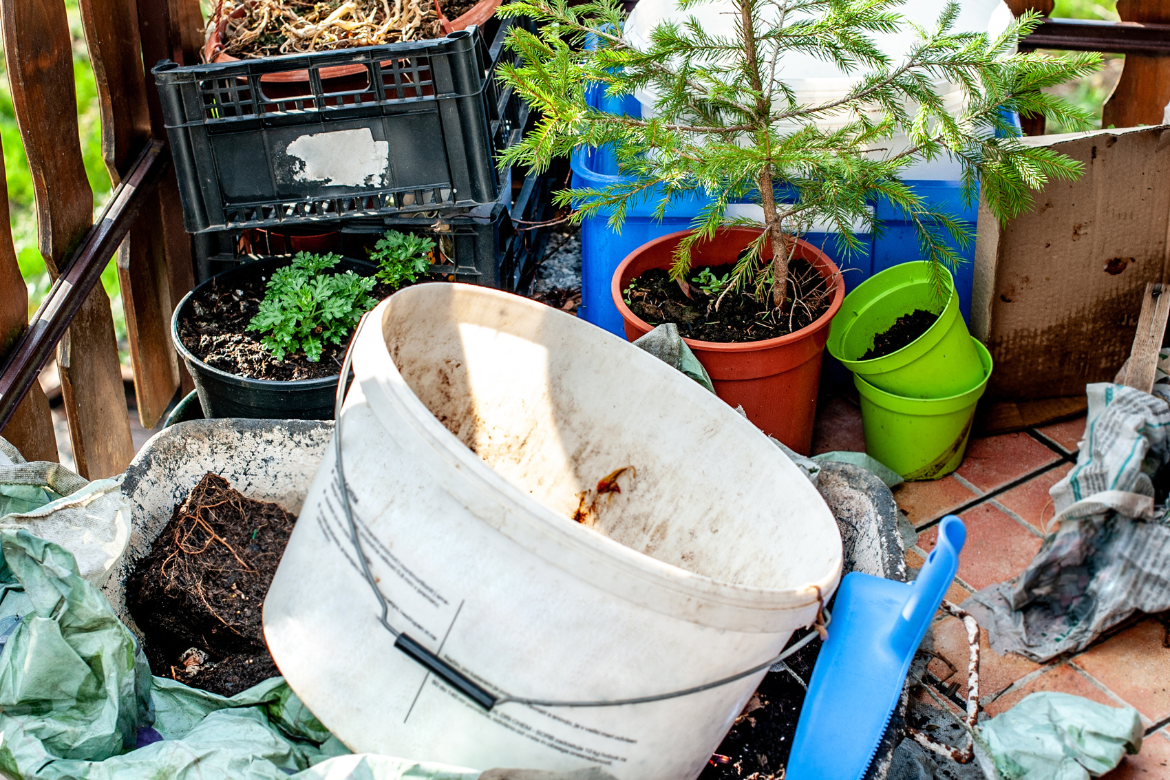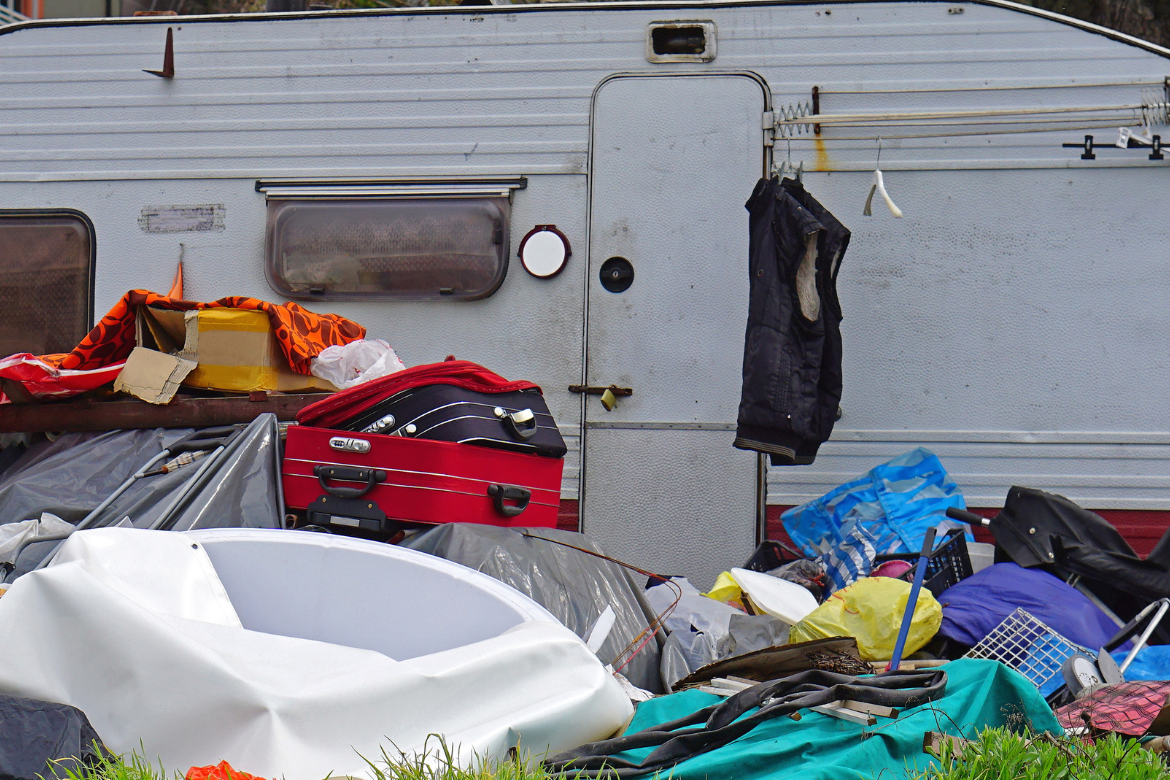

What Makes Someone a Hoarder?
July 19, 2024 by Counseling and Wellness Center of Pittsburgh clutter, hoarder, hoarding behaviors, hoarding disorder, obsessive compulsive disorder, OCD 0 comments
Hoarding Disorder Overview
Hoarding Disorder is a distinct emotional-behavioral diagnosis classified under the spectrum of obsessive-compulsive disorders. While hoarding behaviors can be present in diagnoses like Obsessive Compulsive Disorder, Obsessive-Compulsive Personality Disorder, Major Depressive Disorder, Bipolar Disorder, and Post-Traumatic Stress Disorder, it’s important to recognize that Hoarding Disorder is its own diagnosis with specific criteria to consider someone a Hoarder. This disorder is characterized by:
- Excessive saving and keeping of items, regardless of their meaning or worth (e.g., others may see these items as trash or unusable).
- Emotional difficulty in parting with items, often expressed as sadness, guilt, helplessness, anger, or panic.
- Clutter becoming unmanageable in most areas of the home.
- Continually bringing in items despite having no available space.
- Disorganization that makes everyday activities (e.g., eating, cooking, cleaning) unmanageable.
- Difficulty recognizing the emotional and physical impacts of living in a cluttered space.
Hoarding Disorder is More Than Just “Stuff”
Hoarding Disorder is about more than simply accumulating items. People with this disorder often bring home items excessively, leading to significant social and health risks. To meet the criteria for Hoarding Disorder, the acquiring and keeping of items must negatively impact a person’s social, work, or personal life. The severity is determined by the level of insight the person has regarding their behaviors and the resulting consequences, as well as the level of impairment caused by the clutter.
In extreme cases, like the ones you may see on the news or in television programs, the person’s living environment may become dangerous for them, their loved ones, and their community. The environment may be more than a visual “nuisance,” but can become a public health hazard in some cases. Severe cases that include excessive acquiring often come with a lot of debt, and sometimes, the development of atypical acquiring behaviors like “trash picking” and stealing.

“I have a lot of stuff, but I’m not a Hoarder”
Many hoarding behaviors are expressions of underlying issues such as depression, grief, anxiety, or chronic stress, though not always severe enough to be hazardous. These behaviors can still be distressing due to internal struggles, like feeling ashamed to invite friends over because of the clutter, or holding onto items that remind you of a lost loved one. Additionally, interpersonal issues can arise, such as family members becoming resentful over lost personal space, or children facing social barriers because they can’t invite friends home.
The maintenance of clutter can also be frustrating, like not being able to find necessities or clutter preventing the use of rooms for their intended purposes, such as cooking in the kitchen. Financial strain can result from overspending on new items, leading to difficulties in paying for essentials like utilities.
Hoarding behaviors often stem from feeling threatened, empty, or alone. Acquiring new items releases dopamine, providing a temporary sense of pleasure, and keeping these items can create a feeling of control. For many people, the idea of “just not buying it” or “just letting it go” seems simple, but for those with hoarding behaviors, it’s a significant challenge.
The Emotional and Behavioral Roots of Becoming a Hoarder
Hoarding behaviors can arise from various experiences such as loss (e.g., death, divorce, empty nest), trauma (often from childhood), behavioral modeling (learning from observing others), and challenging life transitions (e.g., moving, changing jobs). The common thread in these experiences is a strong negative emotional response to a significant event or environment. Many experts believe that extreme emotional experiences can leave a lasting sense of insecurity, leading some individuals to develop hoarding behaviors as a way to regulate their emotions and feel protected.
Additionally, the experience of complex stress, which involves small but consistent stressors over time, can contribute to hoarding behaviors. For some, acquiring new items helps relieve anxiety by making them feel prepared when they feel out of control, distracting them from triggering emotions, and providing an escape from a distressing, cluttered home environment. Similarly, rigidly holding onto possessions can give some individuals a sense of control over something when they feel they have no control over other aspects of their lives.

Recognizing Hoarding Disorder
Hoarding Disorder, by definition, includes hoarding behaviors. What distinguishes these behaviors as Hoarding Disorder is primarily the state of the living space and the emotional reactions to parting with possessions. The environment of someone with Hoarding Disorder tends to be chaotic and highly disorganized.
There may be items placed in rooms where they don’t belong (e.g., hygiene products in the kitchen, food stored in the bedroom), and rooms may become unusable for their intended purposes (e.g., unable to cook in the kitchen). Individuals with Hoarding Disorder often become “clutter blind” and sometimes “scent blind,” meaning they may not perceive the overwhelming clutter or odors that others notice when entering their space.
In less severe cases, the home may be navigable but consistently messy in every room. Clear and orderly spaces are either maintained by someone else or kept tidy for specific reasons, such as a visible area in a home office for conference calls. Sometimes, individuals with hoarding behaviors maintain these spaces out of fear of abandonment. It’s crucial to be mindful of your emotions as clutter accumulates, recognize the feelings that prompt you to start de-cluttering, and pay attention to your emotions while sorting through and deciding what to discard.
When to Seek Help for Hoarding Disorder?
Hoarding behaviors often reflect negative emotions such as depression, anxiety, a sense of being out of control, and feelings of emptiness. If you or someone you know feels overwhelmed by the amount of “stuff” they have and is distressed by how it affects their life and relationships, it may be time to seek help to change the thoughts and beliefs that hinder the motivation to let things go.
Hoarding Disorder is a progressive diagnosis. Ignoring warning signs, like keeping items you don’t need, holding onto obvious trash (e.g., non-reusable food containers, empty packages, moldy items), acquiring multiples of things you can’t find, allowing clutter to build up out of exhaustion, and feeling upset, anxious, or angry about sharing your space due to fear of judgment, can eventually develop into Hoarding Disorder over time.

If You Think You Could Be a Hoarder And Want Support, We Can Help
Think you might be struggling with hoarding behaviors and need support? We’re here to help! Call us at 412-856-WELL or fill out the form below to take the first step toward change now!
Written by Ang Scotto, LCSW
Related Posts
Obsessive Compulsive Disorder OCD, Therapy and Counseling
March 16, 2018
Obsessive Compulsive Disorder Obsessive compulsive disorder is a type of...
Is Neurodivergence a Disability?
March 26, 2024
Is Neurodivergence a Disability? The short answer is, the experiences of...


